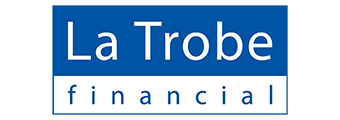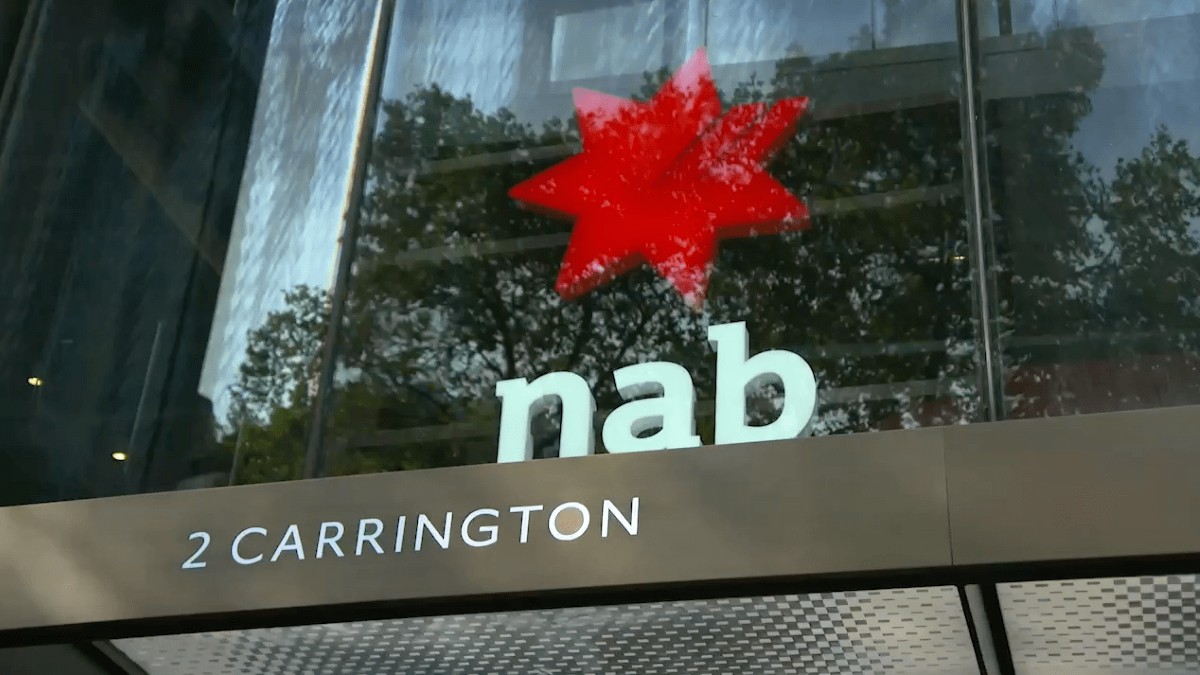Traditionally, your employer pays a percentage of your pay into a nominated superannuation account. This acts as forced savings and your super fund invests this money until you retire.
A Self Managed Super Fund (SMSF) is different to traditional super because the members of an SMSF run it for their own benefit and are responsible for complying with the super and tax laws themselves.
When setting up an SMSF there are many steps involved:
-
Deciding on members and the trustee
-
Establish the trust and trust deed
-
Set up a bank account
-
Register with the ATO
-
Create your investment strategy
-
Include a plan for when your SMSF ends
So why set up an SMSF?
Advertisement
Looking to take control of your retirement? This table below features SMSF loans with some of the most competitive interest rates on the market.
| Lender | Home Loan | Interest Rate | Comparison Rate* | Monthly Repayment | Repayment type | Rate Type | Offset | Redraw | Ongoing Fees | Upfront Fees | Max LVR | Lump Sum Repayment | Extra Repayments | Split Loan Option | Tags | Features | Link | Compare | Promoted Product | Disclosure |
|---|---|---|---|---|---|---|---|---|---|---|---|---|---|---|---|---|---|---|---|---|
6.49% p.a. | 6.51% p.a. | $3,157 | Principal & Interest | Variable | $null | $230 | 70% |
| Promoted | Disclosure | ||||||||||
6.74% p.a. | 6.79% p.a. | $3,240 | Principal & Interest | Variable | $0 | $220 | 70% | Disclosure | ||||||||||||
6.75% p.a. | 7.16% p.a. | $3,243 | Principal & Interest | Variable | $30 | $null | 80% | |||||||||||||
6.59% p.a. | – | $3,190 | Principal & Interest | Variable | $0 | $995 | 80% | |||||||||||||
7.00% p.a. | 7.39% p.a. | $3,327 | Principal & Interest | Variable | $0 | $445 | 60% | |||||||||||||
7.24% p.a. | 7.29% p.a. | $3,407 | Principal & Interest | Variable | $0 | $221 | 80% | Disclosure | ||||||||||||
6.59% p.a. | 7.15% p.a. | $3,190 | Principal & Interest | Variable | $395 | $null | 60% | |||||||||||||
6.99% p.a. | 7.01% p.a. | $3,323 | Principal & Interest | Variable | $0 | $230 | 80% |
| Promoted | Disclosure |
Pros
Flexibility - Control - Choice
Managing your own super fund allows flexibility with your investments. Managing your own super investments means you can choose what to invest in.
Commercial property can be bought with an SMSF, as well as investing more spontaneously, aggressively or diversely than with a traditional Super fund.
An SMSF allows you to make quick decisions on investment trends and similarly, get out of losing situations fast.
Setting up an SMSF gives you the freedom of investing in ways that aren’t possible with a traditional super fund. You have control over your money and how it's invested.
Responsibility
With the control of your super, comes responsibility. You are able to track, update and transparently view your decisions or the decisions of the trustee.
You are able to claim the tax breaks and deductions that specifically apply to you and your situation.
The responsibility allows total transparency of what is being claimed, and monitoring what you are entitled to. After all, who knows your situation like you do?
Tax Benefits
Adrian Raftery, aka Mr Taxman, identifies in his book 101 Ways to Save Money on Your Tax - Legally, that SMSFs are growing in popularity as members’ balances rise and they become more knowledgeable about managing their retirement savings.
“Over 21,600 new SMSFs were established in 2019–20 alone largely because of the attractiveness of the concessional tax rules for super funds,” Mr Raftery said.
Tax benefits include:
-
The maximum tax payable on contributions is 30 per cent and only 15 per cent for earnings in a complying SMSF.
-
Capital gains tax on assets held more than 12 months is just 10 per cent. Earnings (including any capital gains) in the pension phase are not taxable (subject to the fund balance being under $1.7 million as at 1 July 2021 or subsequent date that the transfer balance account is created).
“If you have the time as well as the expertise, including advisers you can call on, to devote to managing your investments, setting up an SMSF may be an option for you to look at for your retirement future,” Mr Raftery said.
Always seek professional advice when it comes to tax time and refer to the ATO for tax laws before claiming deductions.
Cons
Time
Setting up an SMSF is a commitment to a complete reorganisation of assets, requiring you to develop a comprehensive plan of an investment strategy as well as constantly evaluate and update holdings.
Not every Aussie has the time and patience to do this themselves.
For many, entrusting your super to an industry or retail super fund is about convenience and reassurance that you will be financially secure in retirement, without having to constantly update and monitor in the interim.
Knowledge
Not only do you have to spend time updating and overhauling your investments consistently when managing an SMSF, you need to have the base knowledge of investment strategies, tax implications, and additional costs.
Understanding these concepts takes time and energy, especially without a background in financial management or tax.
Costs
Setting up an SMSF is not the only part of the process that costs money.
Ongoing costs include
-
Setup fees
-
Admin fees
-
Accounting services
-
Auditing services
-
Legal fees
-
Stamp Duty for investment properties
-
Buy/sell fees for investments
Compliance
The person in charge of the SMSF needs to manage the fund’s investments, ensuring they are for the sole purpose of providing retirement benefits. This means the decisions cannot be conflicted by the personal and business affairs of fund members.
Not complying with the laws of an SMSF can result in being taxed at a rate of 45% instead of the 15% concessional tax rate.
Being an SMSF trustee requires compliance with its trust deed and superannuation laws. You need to be aware of these before entering into an SMSF.
Is an SMSF right for you?
There are many factors to consider before establishing an SMSF.
Most importantly, the time and knowledge required to run an SMSF needs to be considered before making the decision, and it's strongly encouraged that you consult a qualified professional to help you better understand the potential risks and rewards.
Image by Katarzyna Grabowska via Unsplash









 Denise Raward
Denise Raward
 Harry O'Sullivan
Harry O'Sullivan




